#bernard pagès
Explore tagged Tumblr posts
Text
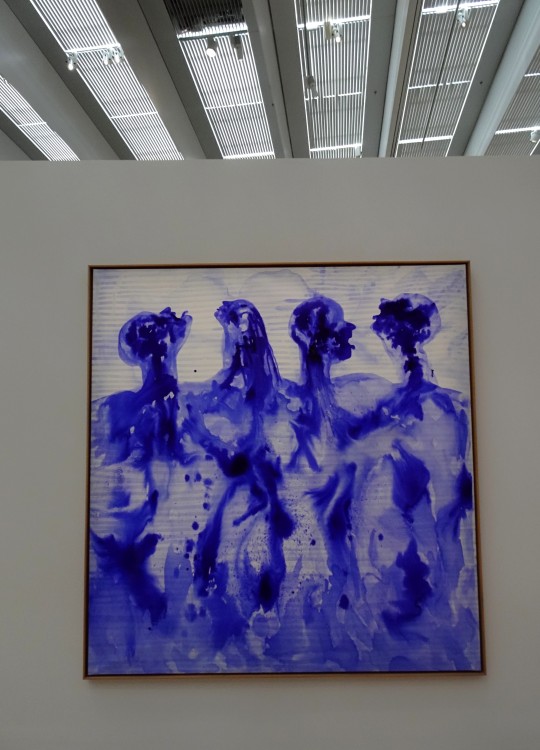
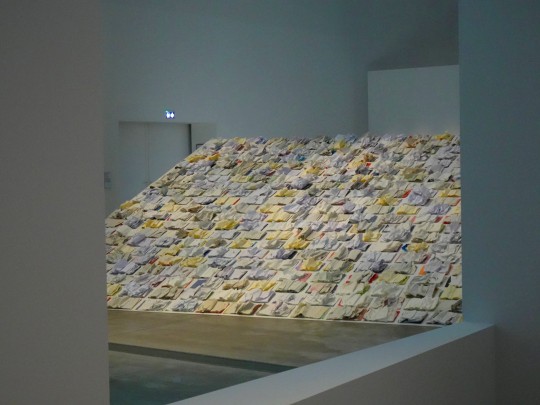

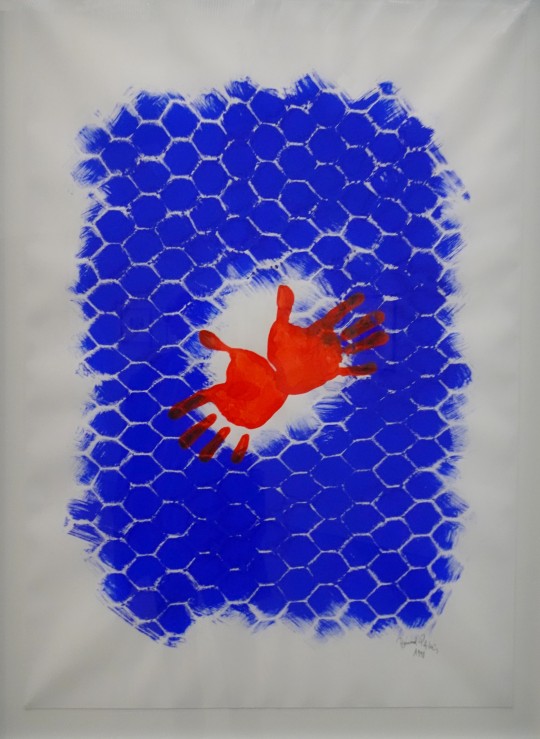

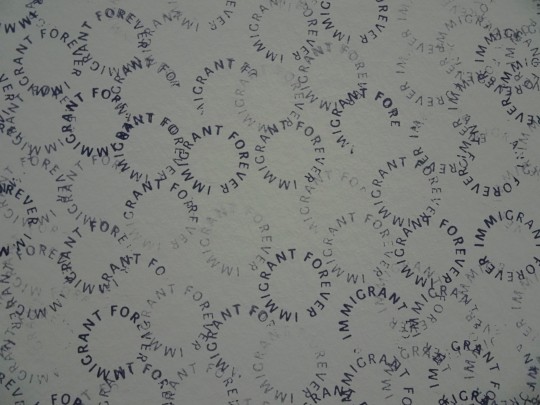
Au Louvre-Lens, une expo : "Exils" (aussi bien réels qu'intérieurs, les mythes que les trajectoires personnelles de certains artistes)
Barthélémy Toguo - "Partage V"
Marco Godinho - "Written by Water"
Barthélémy Toguo - "Meeting 2001"
Bernard Pagès - esquisse d'affiche pour le 50ème anniversaire de la Déclaration Universelle des Droits de l'Homme
Marco Godinho - "Forever Immigrant"
le même vu de près
4 notes
·
View notes
Text

Amour Systémique, Capc Musée d'art contemporain de Bordeaux, Bordeaux, April 7, 2023 – January 5, 2025
W/: Sung Tieu, César Andrade, Leonor Antunes, Pierre Barès, Nú Barreto, Irma Blank, David Boeno, Jean-Pierre Bruneaud, Daniel Buren, capcMusée d’art contemporain (Philippe Thomas), Nicole Eisenman, Chohreh Feyzdjou, Michel Gérard, Gilbert & George, Claude Gilli, Liam Gillick, Nan Goldin, Dan Graham, Mona Hatoum, Carmen Herrera, Noritoshi Hirakawa, On Kawara, Claude Lagoutte, Clémence de La Tour du Pin, Guillaume Leblon, Sol LeWitt, Benoît Maire, Nicolas Milhé, Thierry Mouillé, Max Neuhaus, Olu Ogunnaike, Masahide Otani, Bernard Pagès, Anne-Marie Pécheur, Présence Panchounette, Jean Pierre Raynaud, Ed Ruscha, Takako Saito, Dayanita Singh, Meredyth Sparks, Sung Tieu, Wolfgang Tillmans, Kaari Upson, Fredrik Vaerslev, Mona Varichon, Claude Viallat, Danh Vō, Marthe Wéry
50 notes
·
View notes
Text
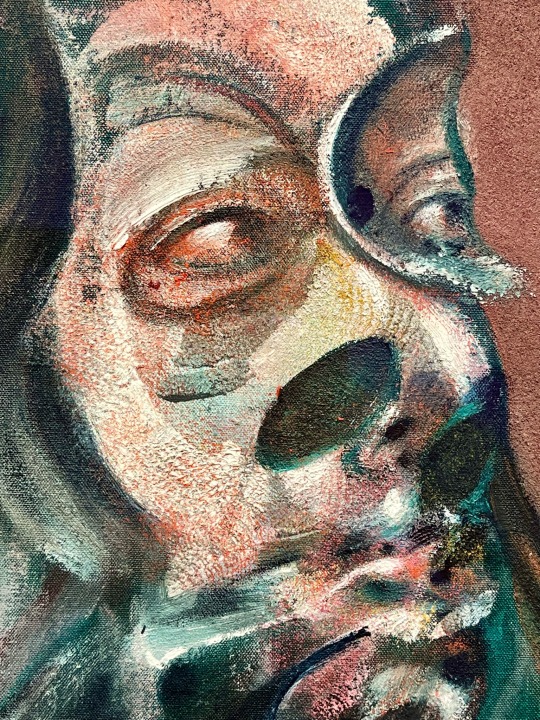
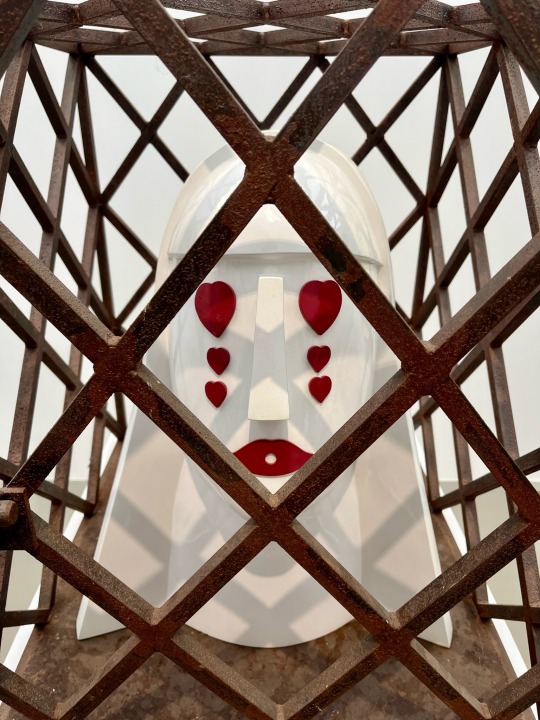
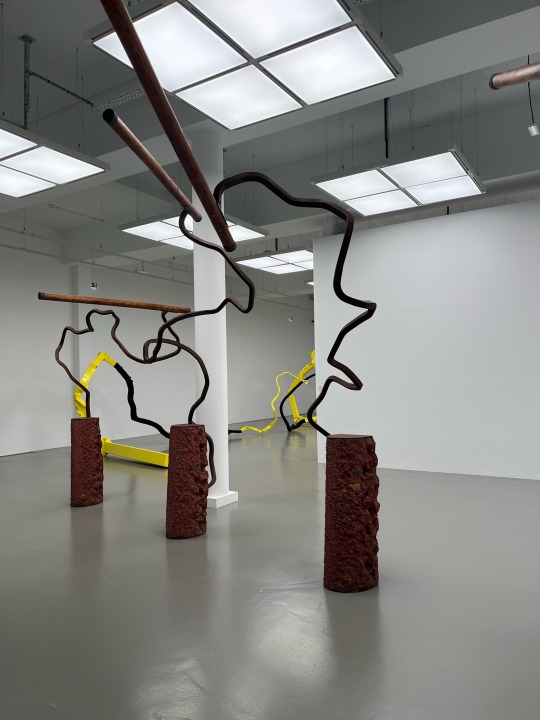
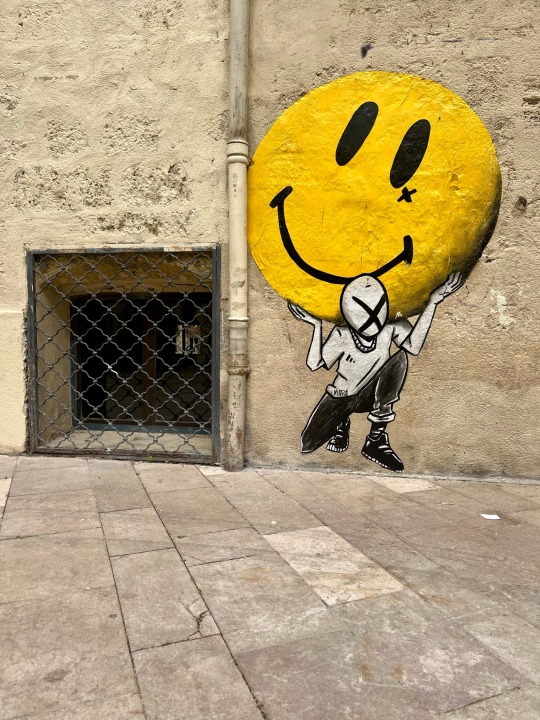
Francis Bacon, Study of Isabel Rawsthorne, 1966, Paris, Centre Pompidou + Eduardo Arroyo, Doña Inés, 2007, Collection Pimpi Arroyo + Bernard Pagès + MARA at Place Saint-Ravy.
April 7, 2024. Took Le Boyfriend to see the Entre les lignes at the Mo.Co, which I visited last month. We didn't have the time to do the full circuit so Chapters 4 and 5 at the second site will have to be for a different day.
He's usually a speed runner when it comes to getting through contemporary expositions but I think he broke a record this time around. We did have the time to visit a small gallery which is currently hosting an exhibition about a local street artist we really like, and I want to say we spent more time there then we did at the Mo.Co (which is technically two buildings, three floors altogether).
#phd life#art history#studyblr#day in the life#museums#art exhibition#100 days of productivity#contemporary art#phdblr
4 notes
·
View notes
Text

Bernard Pagès, Hommage à Albert Camus, 1985
64 notes
·
View notes
Text

Bernard Pagès
L’Acrobate XVI, 2014
4 notes
·
View notes
Photo
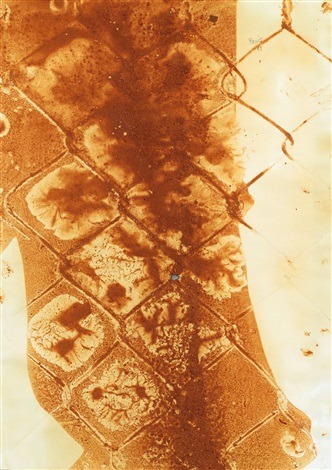
#Bernard Pagès#pagÈs#chain link fence#chain link#fence#chain#link#drawing#untitled#mixed media on paper#30 x 22 cm. (11.8 x 8.7 in.)#1968
36 notes
·
View notes
Photo


Bernard Pagès
26 notes
·
View notes
Photo


Bernard Pagès ( b. 1940)
Empreinte de tôle ondulée, 2011. Imprint of corrugated iron sheet, 100 x 70 cm
L'Acrobate XVI, 2014. Column of copper foils, ten steel beams, 485 x 210 cm
Bernard Pagès introduces the movement Supports/Surfaces in 1967. He uses abandoned materials to realize his sculptures (bricks, wood, stone floor, stone, gravel, pipes...) He lists his sets by Inventories, Lists, Enumerations. As time goes by, his work turns to more and more colored and baroque works.
source: Ceysson & Bénétière gallery
0 notes
Photo


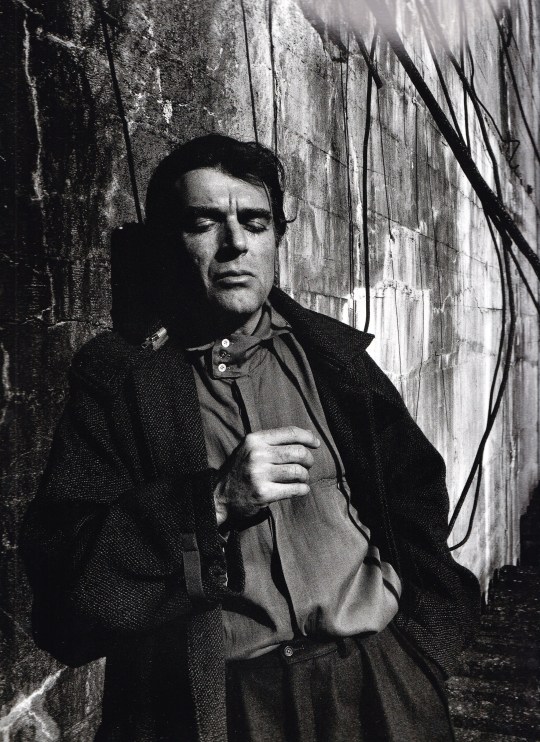
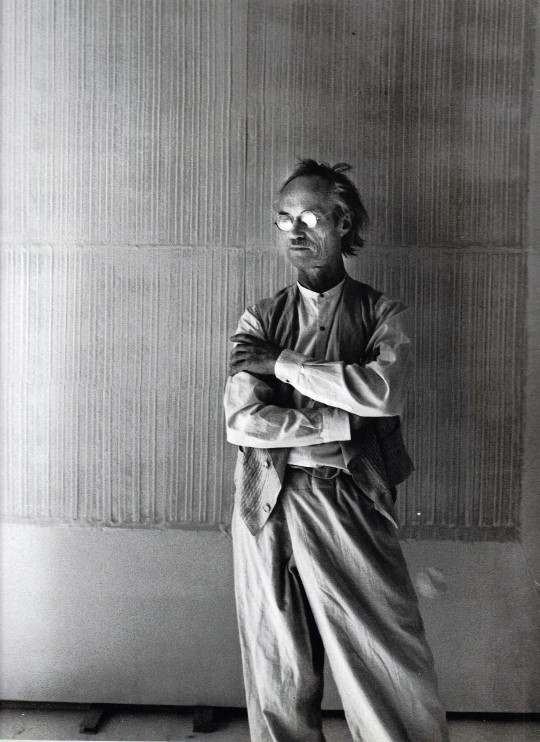
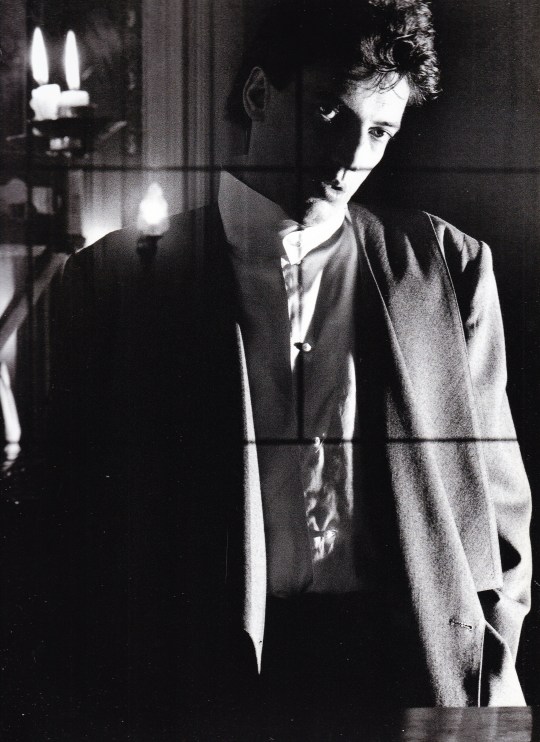
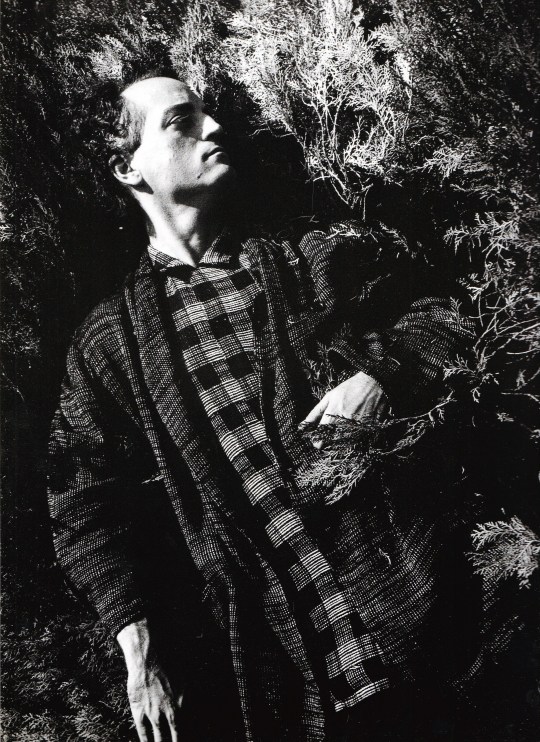

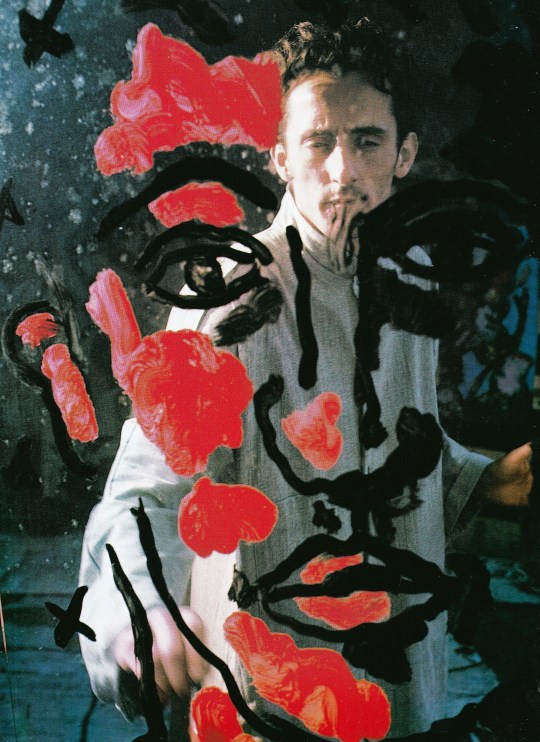
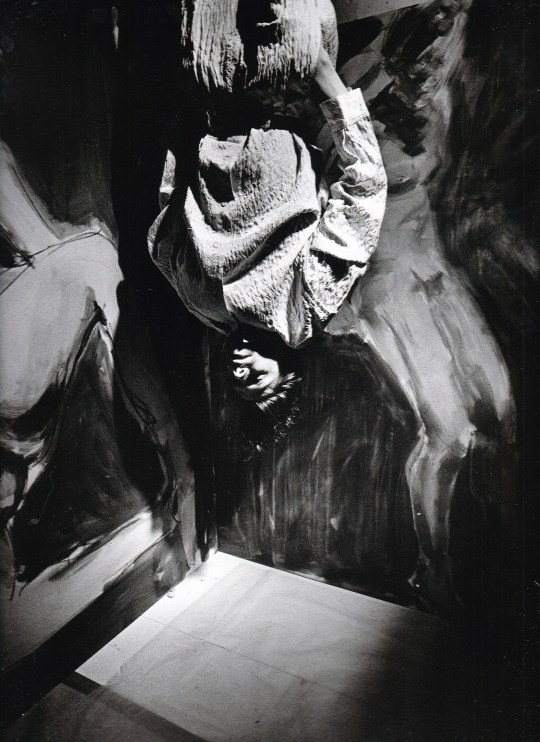

Métaphore Keiichi Tahara
Kyuryudo Art Publishing, Tokyo 1986, 178 pages, 26,5 x 36,5 cm, softcover, ISBN 9784763086198
euro 160,00
email if you want to buy [email protected]
A photo book "Metaphore" by Keiichi Tahara (1951-2017), one of Japan's leading photographers after the war. Since the 1970s, based in Paris, he has been attracting attention for his sculptural and visual monochrome works that skillfully use "light and shadow", and has been highly acclaimed for his contemporary art works with the motifs of "city" and "window". increase. Since then, he has been active in a wide range of fields such as architecture, sculpture, and installation, as well as photography. This is a collection of works composed of "fashion photographs" that are unique to Tahara, and is a collaboration with Yohji Yamamoto. In 1982, Yohji boarded Paris Fashion Week with Comme des Garcons and announced a collection called "The Impact of Black". In this book, Tahara modeled the artist, 1981-86. The portrait taken during is posted. A number of works in the black world with a strong masculine element, which are rare in this era.
Photographs of French artists, plus examples of their work. Artists include Bernard Lamarche-Vadel, Gérard Garouste, Jean-Pierre Bertrand, Jean Degottex, Jean-Marc Bustamante, Alain Borer, Pierre Antoniucci, Jean-Charles Blais, Luciano Castelli and Bernard Pagès.
Cet oeuvre regroupe les photos prises pour les catalogue Yohji Yamamoto pour l’homme de 1981 à 1986
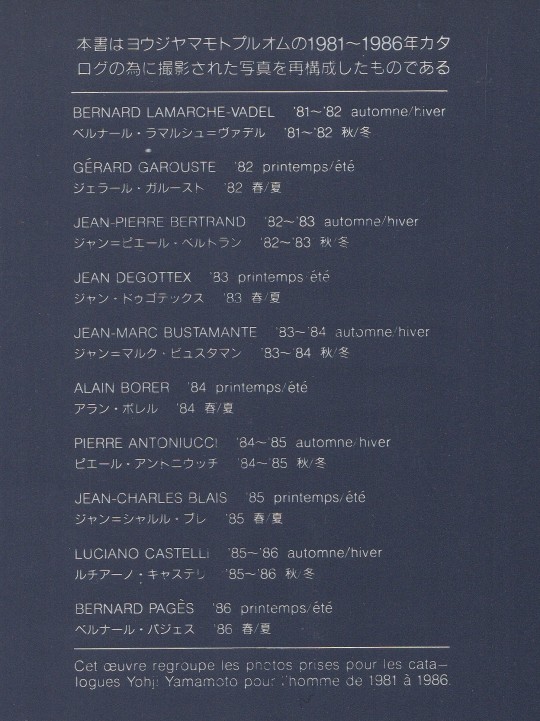
28/02/23
orders to: [email protected]
ordini a: [email protected]
twitter: @fashionbooksmi
instagram: fashionbooksmilano, designbooksmilano tumblr: fashionbooksmilano, designbooksmilano
#Keiichi Tahara#Yohji Yamamoto#homme de 1981 ò 1986#The Impact of Black#French artists#photography books#fashion books#fashionbooksmilano
15 notes
·
View notes
Text
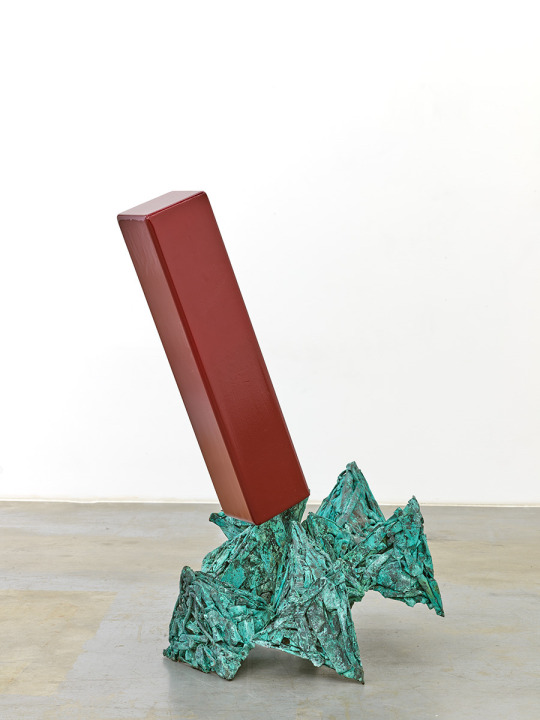
Bernard Pagès
Profilé aux tétraèdres, 2017
Painted beam and oxidized copper foils
100 x 75cm
39.37 x 29.53 in
3 notes
·
View notes
Text
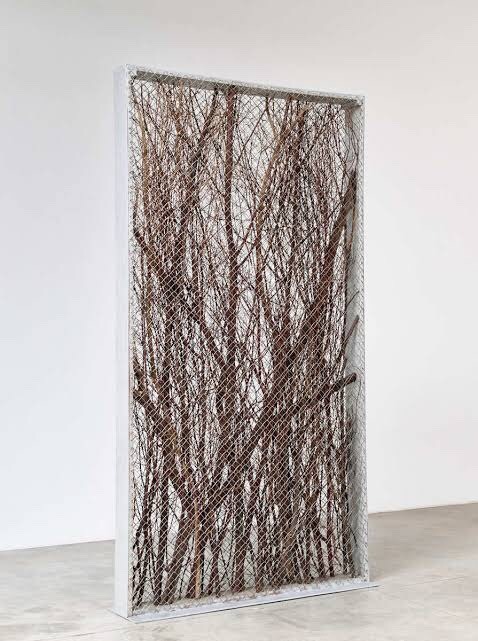
Bernard Pagès. Branches et Cadres Grillagé, 1969
5 notes
·
View notes
Text
Academic Book Review

From Martyr to Murderer: Representations of the Assassins in Twelfth and Thirteenth Century Europe by Meriem Pages. Syracuse: Syracuse University Press, 2014. Pp. xiv, 239. $39.95.
Argument: Ever since the publication of Orientalism, medievalists have attempted to apply Said‘s theses on the Western European representation of the Muslim Other to the Middle Ages. Pagès examines the sect of the Nizari Isma’ilis (known for its use of political assassination) and its complicated relationship with Western Europe, providing a fascinating case study of such an endeavor.
The representation of the Nizaris, who came to be known in Europe as the Assassins, closely parallels that of Islam in the Middle Ages. However, how the sect was perceived in Latin Christendom is nuanced and complex, leading to divergent readings of the Assassins. These portrayals ranged from allies in the earliest texts to exotic “marvels of the world” in works of the thirteenth century and thereafter. By delineating how the sect’s representation developed in medieval historical and literary works, From Martyr to Murderer shows that the Assassins did not originally inspire alienation about them in medieval Europeans reading and writing. Pagès’s adroit exploration of the Assassins legend leads us to question our preconceived notions about the larger issue of the image of Islam in the Middle Ages.
***Full review under the cut.***
Chapter Breakdown
Chapter One: Historical overview of the Nizari sect. Also contains an overview of 20th century scholarship about the Assassins (both historical surveys and critical debates).
Chapter Two: Argues many early accounts of the Nizaris view the Assassins as potential allies. Analyzes the anonymous Tractatus de locis et statu sancte terre ierosolimitane, William of Tyre’s Historia rerum in partibus transmarinis gestarum, and Walter Map’s De nugis curialium, as contrasted with Burchard of Strassburg’s account preserved in the Chronica Slavorum.
Chapter Three: Argues that texts which depict the Assassins’ murder of Conrad of Montferrat mark a shift in literature, in which the Assassins’ fanaticism becomes emphasized (typically to serve political ends in the conflict between England and France). Takes as its foci the Chronique d’Ernoul et de Bernard le Tresorier, the Estoire de la Guerre Sainte, and William of Newburgh’s Historia rerum Anglicarum.
Chapter Four: Argues that the Assassins became increasingly exoticized in the 13th century, and instead of mostly appearing in historical literature, they became staples in “wonder” (or “marvelous”) literature. Takes as its foci the Old French translation of William of Tyre’s Historia (also called Estoire d’Ecacles empereur), Jacques de Vitry’s Historia Orientalis, Jean de Joinville’s Historia de Saint Louis, The Travels of Marco Polo, and Troubadour poetry.
Chapter Five: Argues that mid-14th century France saw a shift in liturature focusing heavily on sensual Assassin women. Takes as its foci the Baudon de Sebourc and the Histoire de la male marastre.
Theories/Methodologies Used
Edward Said’s Orientalism
historical approach
Reviewer Comments
I picked this book up because I wanted to expand my knowledge of medieval representations of Islamic (or Islamic-adjacent) figures. I have very little background in medieval Islamic history, so I cannot speak to how accurate this book is or its success on that front. What I can comment on, however, is how this book presents its argument and how it analyzes European texts.
I really like that this book pushes for a more nuanced view of medieval European reactions to Islam. We generally tend to map current prejudices against Islam onto the past, and though some of those prejudices are still apparent in some texts, they are absent in others. Thus, I appreciated Pages’ call for more nuance, as well as the desire to put every text in historical and cultural context. I was particularly convinced by her arguments that were supported by careful close reading, such as in chapter five when she explains how Assassin princesses are used as tools in service to medieval Christians’ desire for guilt-free adventure.
To get the most out of this book, I would recommend having a basic understanding of Islamic history, particularly as it relates to the Crusades and formation of the Nizari sect. The first chapter gives an overview of the history of the Assassins, but this overview moves very fast and presumes some knowledge on the part of the reader. Without this knowledge, the first chapter can be more confusing than enlightening. Throughout the rest of the book, history does tend to overwhelm the literary analysis, so I would have also liked to see more priority given to close reading. Much of the close reading that does exist is good, though tends to rely somewhat on what authors could have done rather than what’s actually there. I suggest avoiding this book if you’re looking for an objective history of the Assassins or books which focus on disproving myths about medieval Islam/Assassins, as the majority of the text does not deal with that. It’s very clearly a study of Western representations of Assassins, so be prepared to grapple with some Orientalism and similar issues - Pages does not aim to give readers a “true look” at the Assassins from their own perspective. Instead, this is a book about how the West’s legends about Assassins reveals different things about medieval European literature and culture.
Recommendations: This book might be useful if you’re working on
medieval French literature
medieval Islam, Islamic history, Islamic sects
literary representations of the Assassins
history of the Crusades
3 notes
·
View notes
Quote
Some critics have also questioned his methodological rigor. In his 2010 book, “On War in Philosophy,” Lévy extensively quotes Jean-Baptiste Botul, a 20th-century philosopher and originator of a school of thought known as Botulism. But Botul never existed and is the satirical invention of the writer Frédéric Pagès. Lévy, at the time, was contrite and complimented the hoaxer for his ruse.
Bernard Henri-Lévy Chooses War Zones in Ukraine Over Salons - The New York Times
0 notes
Text
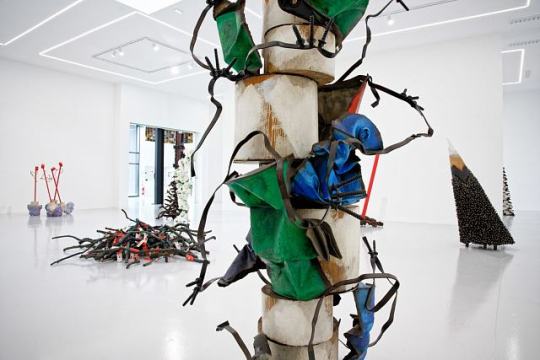
Bernard Pagès | Mouvoir https://www.artlimited.net/agenda/bernard-pages-mouvoir-exhibition-galerie-ceysson-benetiere-saint-etienne/en/7584820
1 note
·
View note
Text
Another Wikipedia hole
(Previously)
The end result of which wound up in my latest newsletter. First of all, from the page of Carla Bruni:
In 2001, Bruni had her first child, son Aurélien, with philosophy professor Raphaël Enthoven. Bruni has been described as having been the mistress of Enthoven's father, journalist Jean-Paul Enthoven, when she began her relationship with the younger Enthoven, who was at the time married to novelist Justine Lévy; Bruni claims that she only went out with Jean-Paul Enthoven a few times and was never his lover, and that Raphaël Enthoven was already divorcing his wife when she encountered him months after last seeing Jean-Paul.
Enthoven, the younger:
Enthoven was born in Paris, the son of journalist Catherine David and publisher Jean-Paul Enthoven. In 1996, he married writer Justine Lévy, daughter of philosopher Bernard-Henri Lévy, himself a friend of Enthoven's father. In 2000, Enthoven began an affair with singer Carla Bruni while she was the mistress of Raphaël’s father and which eventually prompted divorce from Lévy in 2001.
Then, on Lévy’s page
On 21 September 1996 she married Raphaël Enthoven, the son of her father's best friend, Jean-Paul Enthoven, who left her in 2000 for model and singer, Carla Bruni (at the time his father's girlfriend and who is now married to former French President Nicolas Sarkozy). She wrote a novel whose story paralleled her own life. The 2004 book was released in France under the title "Rien de Grave" (published in English in 2005 as Nothing Serious).
And onto the Justine’s father, Bernard-Henri Lévy:
Lévy has been married three times. His eldest daughter by his first marriage to Isabelle Doutreluigne, Justine Lévy, is a best-selling novelist...Lévy has been friends with Nicolas Sarkozy since 1983.
[...]
Lévy was publicly embarrassed when his essay De la guerre en philosophie (2010) cited the writings of French philosopher Jean-Baptiste Botul. Botul's writings are actually well-known spoofs, and Botul himself is the purely fictional creation of a living French journalist and philosopher, Frédéric Pagès.
And finally, Botulism:
The hoax began in 1995, when Frédéric Pagès, a former professor of philosophy and a journalist for the satirical weekly newspaper Le Canard enchaîné (The Chained Duck), invented Jean-Baptiste Botul and his chief work, entitled The Sexual Life of Immanuel Kant. The general idea behind Botul and botulism was that philosophy is too vital to be left solely in the hands of professional philosophers.
And there I thought Non-Fiction was heightened farce...
0 notes
Text
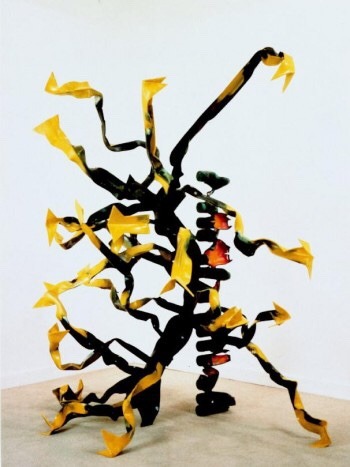
Bernard Pagès
La Rayonnante, 1989
1 note
·
View note